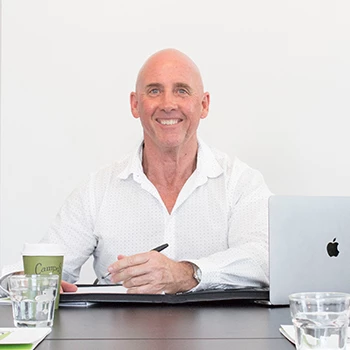In today’s fast-paced and competitive work environment, the pursuit of high performance is often glorified as the ultimate marker of success. However, what many fail to recognise is the inherent risk of burnout that often accompanies the relentless pursuit of excellence. At Peter Doyle Coaching, we understand the delicate balance between achieving high performance and safeguarding well-being of ourselves and our teams. In this article, we delve into the paradox of high performance and its correlation with burnout, offering insights and strategies to mitigate the risks.
Unpacking the Paradox
On the surface, high performers appear to have it all – they consistently exceed expectations, deliver exceptional results, and are often recognised and rewarded for their achievements. However, beneath the façade of success often lies a darker reality: the heightened risk of burnout. High performers are more susceptible to burnout due to several factors:
- Perfectionism: High performers often set exceedingly high standards for themselves and strive for perfection in everything they do. The pressure to excel can lead to excessive self-criticism, stress, and burnout.
- Overcommitment: High performers are more likely to take on multiple projects, responsibilities, and commitments simultaneously. While their ability to juggle tasks may be impressive, it also increases the risk of burnout from overwork and overwhelm.
- Lack of Boundaries: High performers may struggle to establish boundaries between work and personal life, leading to a perpetual state of busyness and exhaustion. The inability to disconnect and recharge exacerbates the risk of burnout.
- Fear of Failure: Despite their track record of success, high performers may harbour a deep-seated fear of failure or underperformance. The constant pressure to maintain their high standards can fuel anxiety, stress, and burnout.
Recognising the Signs of Burnout
Burnout is not merely a result of working long hours or facing challenging deadlines; it is a complex interplay of physical, emotional, and psychological exhaustion. Some common signs of burnout among high performers include:
- Persistent fatigue and lack of energy
- Feelings of cynicism, detachment, or disillusionment
- Decreased motivation and engagement
- Difficulty concentrating or making decisions
- Physical symptoms such as headaches, muscle tension, or insomnia
Mitigating Burnout Risks with Coaching Support
At Peter Doyle Coaching, we recognise the importance of proactively addressing burnout risks among high performers. Our coaching programs provide tailored support and strategies to help high performers thrive while safeguarding their well-being. Here’s how coaching can help mitigate burnout risks:
- Stress Management: Coaches work with high performers to identify sources of stress, build resilience, and develop effective coping strategies to manage pressure and prevent burnout.
- Work-Life Integration: Coaches help high performers establish healthy boundaries, prioritise self-care, and integrate work and personal life in a sustainable way.
- Self-Compassion: Coaches cultivate self-compassion and self-acceptance in high performers, helping them overcome perfectionism, reduce self-criticism, and foster a greater sense of well-being.
- Goal Setting and Prioritisation: Coaches support high performers in setting realistic goals, prioritising tasks, and delegating responsibilities to avoid overwhelm and burnout.
- Mindfulness and Relaxation Techniques: Coaches introduce mindfulness and relaxation techniques to high performers, helping them reduce stress, enhance focus, and cultivate a greater sense of balance and calm.
Embracing a Balanced Approach
While high performance is commendable, it is essential to recognise and address the inherent risks of burnout that often accompany it. Ingrained in our coaching, is the teaching of techniques to empower high performers to achieve their goals, whilst prioritising their well-being at the same time. By embracing a balanced approach to success and incorporating coaching support, high performers can thrive both professionally and personally, without sacrificing their health and happiness for their organisation’s success.
Contact us today to learn more about our individual coaching programs [insert link here] and how we can support you on your journey to sustainable high performance in all areas of your life.









